YouTube Optimization
What is YouTube Optimization?
YouTube optimization is the process of optimizing video content and channels to improve visibility, engagement, and rankings on YouTube. This involves optimizing various elements, such as titles, descriptions, tags, thumbnails, and metadata, to enhance the discoverability and performance of videos. YouTube optimization aims to attract more viewers, increase watch time, and drive higher engagement and conversions.
Why is YouTube Optimization Important?
YouTube optimization is important because it helps videos reach a larger audience and perform better in search results and recommendations. Optimized videos are more likely to appear in YouTube searches, suggested videos, and browse features, increasing their visibility and potential for engagement. Effective optimization also enhances user experience, making it easier for viewers to find, watch, and interact with your content. Additionally, YouTube optimization supports broader marketing goals, such as brand awareness, lead generation, and sales.
Best Practices for YouTube Optimization
1. Use Relevant Keywords
Conduct keyword research to identify relevant and high-performing keywords for your videos. Use these keywords in your video titles, descriptions, tags, and metadata. Relevant keywords improve search rankings and discoverability.
2. Create Compelling Titles
Craft compelling and descriptive titles that capture attention and accurately represent the content of your videos. Include relevant keywords and keep titles concise. A strong title encourages clicks and improves visibility.
3. Write Detailed Descriptions
Write detailed and informative descriptions for your videos, including relevant keywords and key information about the content. Use the description to provide context, links to related content, and calls to action. Detailed descriptions enhance searchability and user experience.
4. Use Tags Effectively
Use relevant tags to categorize and describe your videos. Include a mix of broad and specific tags to capture different search queries. Tags help YouTube understand the content and context of your videos, improving discoverability.
5. Design Eye-Catching Thumbnails
Create custom thumbnails that are visually appealing and representative of your video content. Use high-quality images, clear text, and branding elements. Eye-catching thumbnails attract clicks and improve engagement.
6. Optimize Channel Art and Profile
Optimize your channel art, profile picture, and channel description to reflect your brand identity and provide relevant information. Include links to your website and social media profiles. A well-optimized channel enhances credibility and attracts subscribers.
7. Create Playlists
Organize your videos into playlists based on themes or topics. Playlists improve the user experience by making it easier for viewers to find related content. They also increase watch time by encouraging viewers to watch multiple videos.
8. Engage with Your Audience
Engage with your audience by responding to comments, asking questions, and encouraging discussions. Active engagement builds a community around your channel and fosters loyalty. Engaged viewers are more likely to share and recommend your content.
9. Use End Screens and Cards
Use end screens and cards to promote related videos, playlists, and calls to action. End screens and cards keep viewers engaged and guide them to additional content, increasing watch time and engagement.
10. Monitor Analytics and Adjust
Use YouTube Analytics to monitor the performance of your videos and channel. Track key metrics such as views, watch time, engagement, and audience demographics. Use insights from analytics to adjust your optimization strategy and improve results.
By following these best practices, you can optimize your YouTube videos and channel to enhance visibility, engagement, and overall performance, supporting your marketing and business goals.
For more terms, return to the content marketing glossary and freelance writing glossary.

